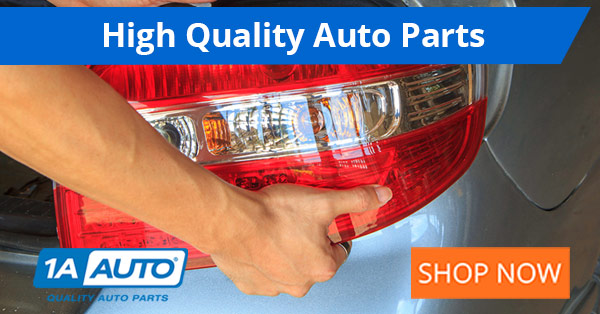Low Tire Pressure in Cold Weather
It’s a bitter cold morning in January. You start your car and this icon lights up on your dashboard. It’s the low tire pressure light. What’s wrong? How did your tire go flat over night? Is it the cold weather? And do you need to get air?
What the Low Tire Pressure Light Means
Cars built after 2008 are required to have sensors in the tire that measure the tire’s air pressure. The light comes on if the pressure in your tire drops to 25% below the recommended pressure, according to Edmunds. How Stuff Works points out that the sensor can be off by as much as two pounds per square inch, but that’s far from enough to make your tire 25% low. If the light comes on then your tires are probably too soft. That can cause tire squealing, poor handling, and increased tire wear.

What Happened to Your Tires
Warm air expands and cold air contracts, which means the air your tires will take up less volume when the temperature drops. To get specific, air pressure can decrease one or two psi for every ten degree decrease in temperature. So when the weather changes and the air temperature drops overnight, your tires will be low in the morning.
Do Your Tires Need Air?
In many cases, the light will go off once the weather warms up or the tires warm up from the friction of driving. So do you really need to fill them? Well, keep in mind that the tires have to be 25% below spec to turn the warning light on. That means they’re probably already somewhat low and the cold just pushed them over the edge. It would probably be wise to fill them up even if the light goes off. If you want to be certain, you can always check with a tire pressure gauge. This video will show you how:
Should You Get Regular Air or Nitrogen?
Some shops, and even some gas stations offer nitrogen filling for tires, but is it worth it? Well, first of all, the air in the atmosphere is already around 78% nitrogen, so an air fill is mostly nitrogen anyway. In theory an all-nitrogen fill will resist changes in temperature better than an air fill. How much better, though? Consumer Reports left pairs of 31 brands of tires, one from each pair filled with air and the other with nitrogen, outside for one year. At the end of the year, the air-filled tires saw a 3.5 psi drop in pressure. The nitrogen-filled tires saw a 2.2 psi drop. In my opinion, it’s not worth paying extra for the nitrogen fill; regular old air is good enough.

